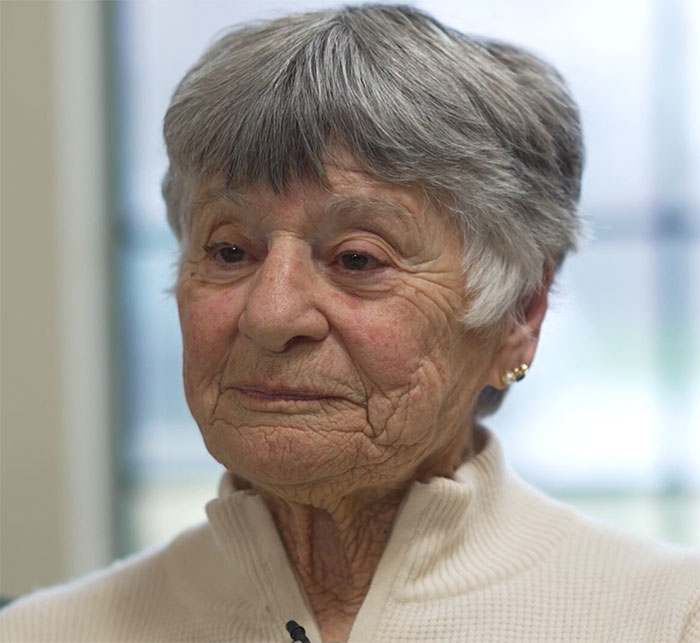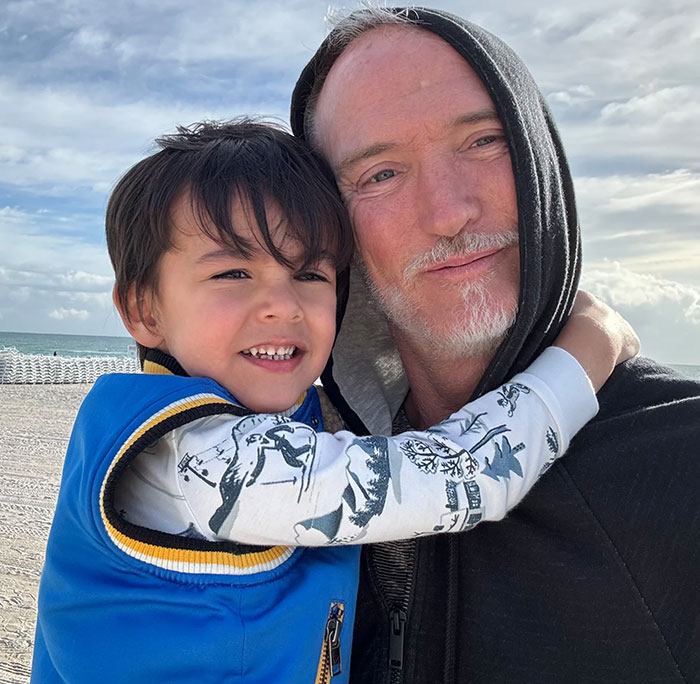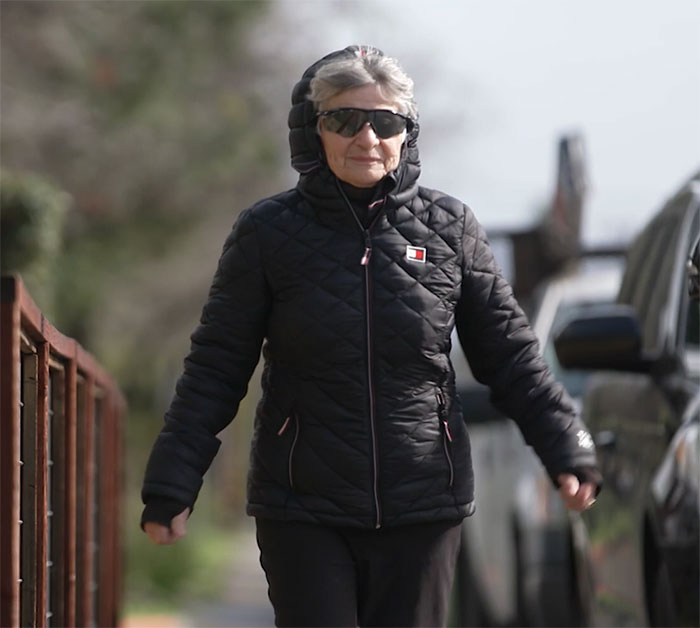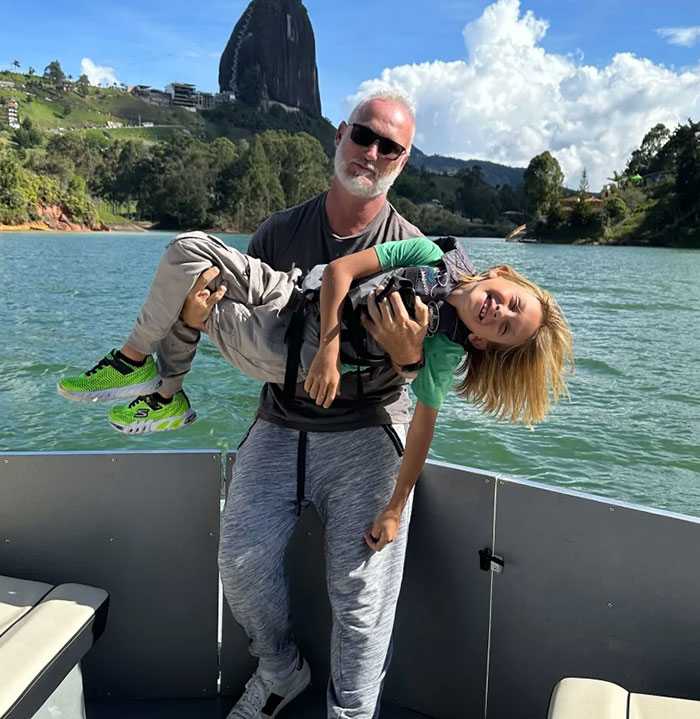A woman and a man living with Alzheimer’s disease could have stopped and, to a certain extent, “reversed” the effects of their disease thanks to simple lifestyle changes which include a strict diet and certain physical activities.
Last week (May 17), CNN released a segment from his upcoming documentary, The last Alzheimer’s patient, where Cici Zerbe and Simon Nicholls shared their experience of taking part in a clinical trial, which involved switching to a plant-based diet, regular exercise, group support, yoga and meditation.
- Two Alzheimer’s patients reportedly reversed their symptoms.
- The reversal of Alzheimer’s disease has been attributed to a plant-based diet, regular exercise and stress management.
- An ethnobotanist’s theory about L-serine sparked a new Alzheimer’s treatment being tested in Texas.
Documentary features CNN Chief Medical Correspondent Dr. Sanjay Gupta travels to Jackson Hole, Wyoming, UNITED STATES, to learn more about an ethnobotanist’s bold theory for treating Alzheimer’s disease.
After Dr. Paul Cox, founder of the nonprofit Brain Chemistry Labs, discovered the source of a mysterious neurodegenerative disease affecting the people of Guam, these clues led him to a new way of thinking. Alzheimer’s and a simple amino acid called L-serine, explained the American channel.
Paul’s new theory and possible treatment were being tested in patients with mild cognitive impairment at Methodist Hospital in Houston, Texas.
In the documentary, Cici revealed that she feels “a lot better” since adopting the program.
Asked specifically about the factors that helped “reverse” Alzheimer’s symptoms, Cici confidently credited meditation, diet and exercise – and revealed that while her favorite food was ribs, veal, she hadn’t eaten it for five years. The daily mail reported on May 18.
A woman and a man living with Alzheimer’s disease have reportedly managed to stop and, to some extent, “reverse” the effects of their illness.
Image credits: SHVETS/pexels production
Simon, aged 55, would have experienced a similar journey in Cici.
Despite carrying two copies of the APOE4 gene, which increases the risk of Alzheimer’s disease, Simon experienced a remarkable turnaround after lifestyle changes, The daily mail reported.
He said CNN: “I was very anxious.
“I have a three-year-old son and an eight-year-old son.
“It’s really important to me, as I get older, to try to be there for them in the future.”
“There are many (changes) in your lifestyle that you can do to hopefully reverse the disease and give you more time, that’s all we need until we let’s find a cure.”
Image credits: CNN
In 2022, Thor actor Chris Hemsworth learned in an episode of National geographic docuseries Unlimitedwhere he underwent genetic testing, that he also had two copies of the APOE4 gene.
In CNNIn Simon’s documentary, Simon highlighted the importance of preventative measures, having witnessed first-hand the consequences of heart disease and dementia within his own country. family.
He told the TV station: “My whole family had endless heart attacks, which led to the death of my maternal grandfather at around the age of 50.
“My mother had three heart attacks, the first at age 50, then a triple bypass before developing dementia.
“Sadly, my mother died at the age of 70 from what we believe to be Alzheimer’s disease.
“For the last 10 years of her life, she just sat in a chair, rocking, while taking about 14 medications.
“I would much rather have a longer lifespan and then go fast.”
Simon Nicholls reduced his risk of developing Alzheimer’s disease by changing his lifestyle
Image credits: Simon Nicholls/CNN
Preventative neurologist Dr. Richard Isaacson, who supervised Simon’s case, was amazed by the disappearance of the telltale biomarkers of Alzheimer’s disease in just 14 months. The daily mail reported.
Pathological processes occurring in the brain produce proteins that leak into the bloodstream and are therefore available from a simple blood test. Nature explain.
Known biomarkers of Alzheimer’s disease are the accumulation of protein fragments called beta-amyloid and tau, according to the Alzheimer’s Association.
These biomarkers can be detected using imaging technologies or assessed with a cerebrospinal fluid test. However, the presence of these biomarkers alone is not enough to determine a diagnosis of Alzheimer’s.
Image credits: CNN
Simon’s initial intervention would have been to prescribe tirzepatide. According to National Library of Medicinetirzepatide is a medicine used to treat type 2 diabetes mellitus (T2D).
The injectable medication works by mimicking the hormones naturally secreted by the gut after a meal, which triggers insulin secretion.
It also reduces appetite by slowing the time it takes for the stomach to empty and by interacting with areas of the brain harboring receptors for these hormones to signal fullness. Weill Cornell Medicine explain.
Simon was simultaneously asked to intensify his exercise routine, including incorporating strength training three times per week and devoting 45 to 60 minutes per day to Zone 2 exercises. The daily mail reported.
Despite carrying two copies of the APOE4 gene, which increases the risk of Alzheimer’s disease, Simon has experienced a remarkable turnaround
Image credits: Simon Nicholls/CNN
The patient reportedly began a routine of brisk walking, running, jogging or cycling at 60 to 70 percent of his heart rate, which became a staple of his mornings.
He said: “I love going for a sunrise walk every morning for an hour and a half with a podcast.
“I take 10,000 steps or more every day. I am very consistent.
“I also do a very slow full body workout with weights three times a week for an hour.”
He also engaged in a slow, full-body weightlifting routine three times a week for an hour each session, in addition to implementing dietary restrictions, such as eliminating sugar, artificial sweeteners, alcohol and ultra-processed foods.
As Simon kissed more plant-based meals plan, amazing results were seen in nine weeks.
Neurologist Richard said: “When I first saw Simon he had a bit of height, like most guys in their 50s.
“When I saw him at nine weeks, I did a double take. He was totally muscular, even ripped.
“In those nine weeks, he had lost 21 pounds, or about 80 percent of that fat, and gained muscle, which was great.
“I almost didn’t recognize him.”
Simon, who eventually lost 9.5 kilos, incorporated additional interventions into his diet.
He said CNN: “I have hammams and saunas at home, I do a lot of them. I love it.
“I’ve tried cold water dives and have to-do lists that I get from podcasts, from walking to sleep to gratitude to yoga to sleep routines.”
CNN The last Alzheimer’s patient is available on the broadcaster’s website All the story channel and will be streaming on Max on June 18
As part of our documentary film “The Last Alzheimer’s Patient”, we investigated a strange illness similar to Alzheimer’s on the island of Guam. People there were 50 to 100 times more likely to develop the disease than anywhere else on the planet. Nearly 25% of residents there… pic.twitter.com/g5ue9F0sE8
— Dr. Sanjay Gupta (@drsanjaygupta) May 21, 2024
However, Simon and his doctor reached a disagreement over stem cell injections, which the patient says he receives twice a year.
Simon explained: “Unfortunately I have arthritis in my hands, and it makes me feel really good when I use stem cells, and I like to think they can help my brain too. »
Dr Richard said he refrained from using the term “reverse”, but would have highlighted the excitement over the promising results seen in Simon and other patients.
Alzheimer’s disease is the most common type of dementia. According to the Centers for Disease Control and Prevention (CDC), Alzheimer’s disease is a progressive disease that begins with mild memory loss and can lead to a loss of the ability to hold a conversation and respond to the environment.
In 2020, up to 5.8 million Americans were living with Alzheimer’s disease, according to the CDC.
Younger people can get Alzheimer’s disease, but it is less common. In addition, the number of people living with the disease doubles every five years beyond the age of 65.
That number is expected to nearly triple to 14 million people by 2060, according to the CDC.
Scientists do not yet fully understand the causes of Alzheimer’s disease, notes the CDC. There is probably not a single cause, but rather several factors that can affect each person differently.
Some of these factors include age and family history, but researchers believe genetics may play a role in the development of Alzheimer’s disease. It is also said that genes are not synonymous with destiny.
CNN The last Alzheimer’s patient is available on the broadcaster’s website All the story channel and will be streaming on Max on June 18.
[ad_2]
Source link




